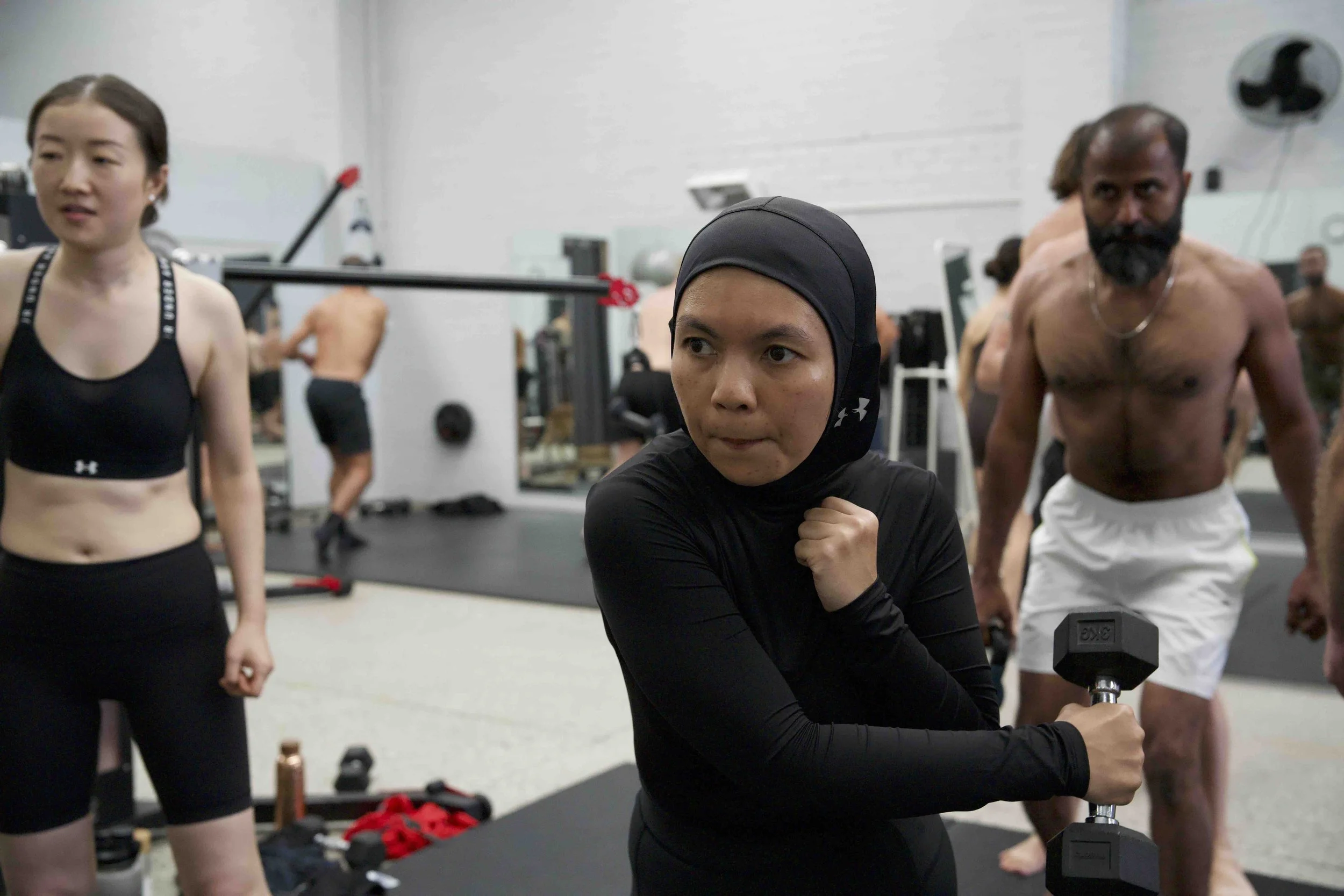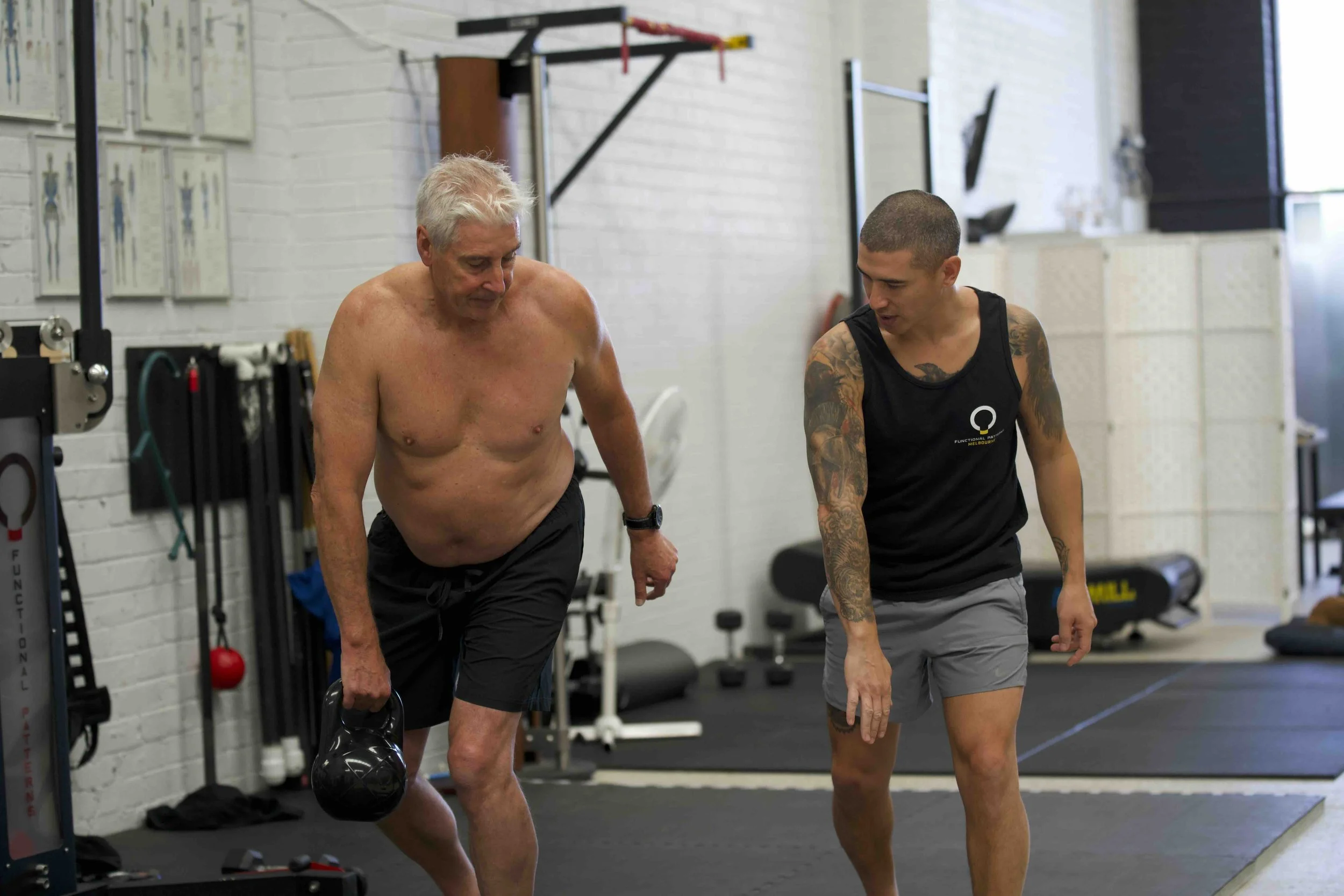Subscapularis Tendinosis Explained: Understanding the Condition Beyond the Surface
The subscapularis muscle is a vital component of shoulder stability and function. Repetitive overhead movements, poor posture, and muscle imbalances are common causes of subscapularis tendon and subscapularis muscle injuries. Yet injuries such as subscapularis tendinosis often go unnoticed until they cause pain or limit movement. This article explores the anatomy, common injuries, and Functional Patterns-inspired holistic strategies to manage subscapularis dysfunction and restore shoulder health in Australians.
Understanding the Subscapularis Muscle
The subscapularis muscle, also called musculus subscapularis or m subscapularis, is part of the rotator cuff. It plays a crucial role in stabilising the shoulder and assisting in internal rotation. Dysfunction can affect activities like lifting, reaching, or throwing, and can contribute to subscapularis tendon pain. These issues are often linked to subscapularis tendinopathy caused by inefficient movement patterns, kyphosis, or overuse of the subscapularis muscle tendon. Additional risk factors for subscapularis muscle tear include repetitive overhead activity, poor scapular mechanics, and suboptimal subscapularis muscle function.
Anatomy and Function of the Subscapularis
The subscapularis originates from the subscapular fossa and inserts into the lesser tubercle of the humerus. This muscle tendon works with the rotator cuff muscles to provide stability, enable internal rotation, and prevent shoulder dislocation. Its function is essential for maintaining correct shoulder mechanics.
Subscapularis Muscle Attachments and Insertion
Understanding subscapularis muscle attachments is key to preventing injury. Faulty biomechanics, poor posture, and limited spinal movement can overload the subscapularis tendon. Maintaining proper alignment and movement patterns protects the muscle and tendon from degeneration and tears.
Common Conditions Affecting the Subscapularis
Subscapularis tendinosis
Subscapularis muscle tear or rupture
Subscapularis tendon tear
Subscapularis Tendinosis and Tear
Tendinosis of the subscapularis involves degeneration of the subscapularis muscle tendon due to overuse, poor posture, or inefficient movement patterns. A torn subscapularis muscle or tendon can result in subscapularis pain, weakness, limited range of motion, and clicking or popping in the shoulder. Addressing posture and correcting movement patterns is crucial for effective management. Understanding these causes helps prevent torn subscapularis muscle, subscapularis tendon tear, and other subscapularis dysfunctions.
Symptoms of Subscapularis Dysfunction
Pain in the subscapularis muscle, particularly at the front of the shoulder
Weakness during lifting or internal rotation
Limited shoulder mobility
Clicking or popping during movement
Functional Patterns Holistic Principles for Managing Subscapularis Tendinosis
Functional Patterns uses holistic principles to improve movement, prevent injuries, and promote long-term relief without surgery:
Posture and Alignment: Maintain upright posture to keep shoulders correctly positioned, reducing subscapularis pain.
Efficient Movement Patterns: Move in ways that protect muscles and tendons. Avoid repetitive overhead activities that strain the subscapularis tendon.
Correct Spinal Movement: Limited spinal rotation and extension can overload the shoulders. Improving spinal mobility supports proper shoulder integration and function.
Breathing Techniques: Deep, controlled breathing stabilizes the body during movement and supports shoulder function.
Core Stability: Strengthening the core enhances shoulder support. Exercises like planks and leg raises should be performed carefully and under guidance to protect the subscapularis tendon.
Exercises to Improve Subscapularis Function
When it comes to improving the function of the subscapularis muscle and tendon, the key lies in restoring balance and integration across the body — not simply isolating the shoulder. Functional Patterns training focuses on addressing the underlying mechanics that lead to subscapularis tendinosis, muscle tears, or tendon pain.
The foundation of shoulder health begins with how the spine, rib cage, and hips move together. Limited thoracic spine extension and rotation are among the most common causes of subscapularis dysfunction and kyphosis-related issues. Without proper spinal movement, the shoulder joint is forced to compensate, leading to excessive strain on the subscapularis muscle tendon.
Myofascial release (MFR) plays a crucial role in restoring these natural movement patterns. Instead of stretching or isolating the subscapularis muscle, Functional Patterns prioritises fascial release and reintegration of the kinetic chain. This allows the subscapularis tendon to move efficiently within a more aligned and stable system.
Rather than focusing on individual exercises, Functional Patterns training uses a combination of postural correction, breathing mechanics, and rotational integration to improve subscapularis muscle function. By re-educating the body to move as a connected unit, the risk of subscapularis tendinosis, tendon tear, and shoulder instability is significantly reduced.
Ultimately, the goal is not just to strengthen the subscapularis muscle, but to help the entire body function as an integrated structure. This approach promotes optimal shoulder alignment, prevents re-injury, and supports long-term joint health — helping you move efficiently and pain-free.
Gait Assessment for Shoulder and Subscapularis Health
Unlike most practitioners, Functional Patterns views subscapularis muscle pain and subscapularis tendon tear as symptoms of a larger system dysfunction. We cannot effectively manage shoulder issues without considering the entire body.
Tendinosis of the subscapularis is often heavily related to spinal alignment and movement. The most effective assessment for spinal health and shoulder integration is a gait assessment.
A gait assessment examines walking, running, and standing to identify internal and external rotation of the humerus, spinal rotation, and forward/lateral flexion. During this process, fascial restrictions, asymmetries, and inefficient movement patterns can be identified—factors that often contribute to subscapularis tendon stress and subscapularis muscle tears.
By examining movement holistically, rather than isolating the shoulder, practitioners can address the root causes of subscapularis tendinosis and tendon tears. This enables a more holistic, effective, and long-lasting approach to physical therapy and movement correction.
Take Control of Your Shoulder Health Today
Subscapularis tendinosis and tendon tears can be painful and restrict shoulder mobility. Using Functional Patterns holistic principles—focusing on posture, spinal extension, rotation, and integrated movement patterns—offers an effective, non-surgical path to recovery. Consulting a Functional Patterns Practitioner ensures correct assessment, movement retraining, and long-term shoulder health.



